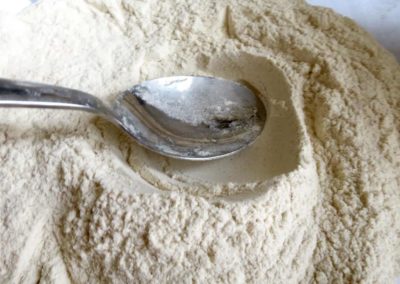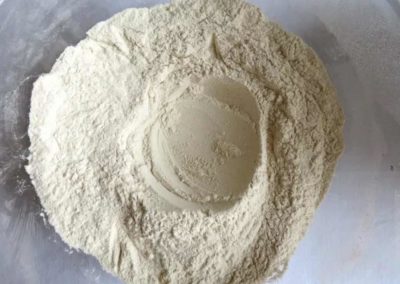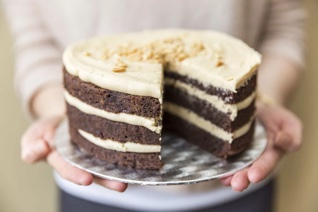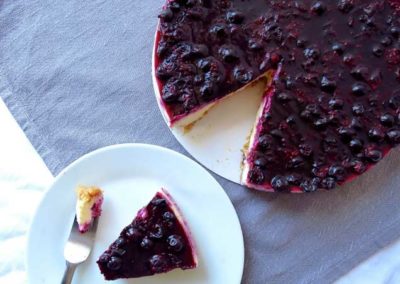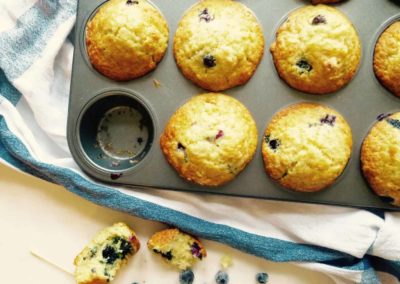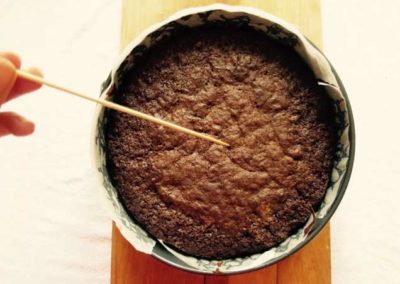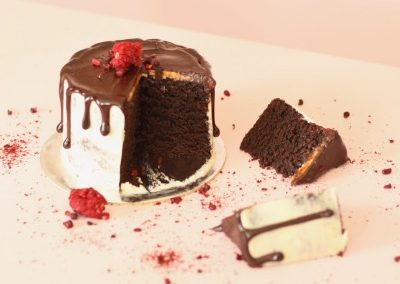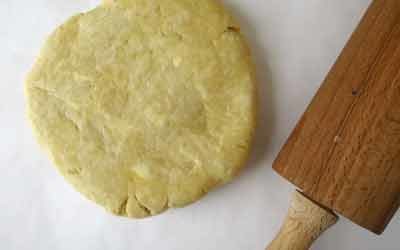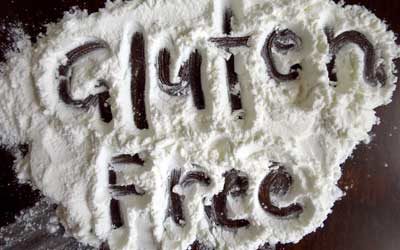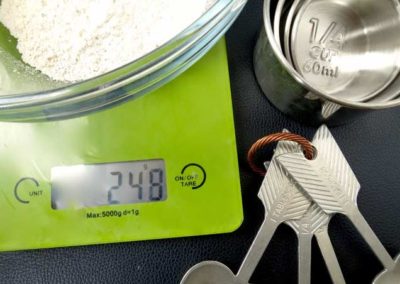THE MUFFIN METHOD

HOW TO: TIPS & TRICKS
THE MUFFIN METHOD

It’s time for another mixing method.
(Quick recap: A mixing method is the order or process by which you incorporate different ingredients together to make a cake, cookie, pie dough, muffin etc.. Different mixing methods produce different textures and knowing how to use them and which one to use is important for creating a certain type of baked good).
Today we’re talking about The Muffin Method, which along with these baking secrets, will have you baking the kind of muffins all your friends and family rave about.
What is the Muffin Method?

This method of mixing is typically used for making muffins, quick breads, waffles, and pancakes but can also be used for cakes that use a liquid fat.
It has 4 main steps:
- First, all dry ingredients (e.g. flour, sugar, salt, baking powder/soda, spices etc.) are sifted into a large bowl and then whisked until well combined.
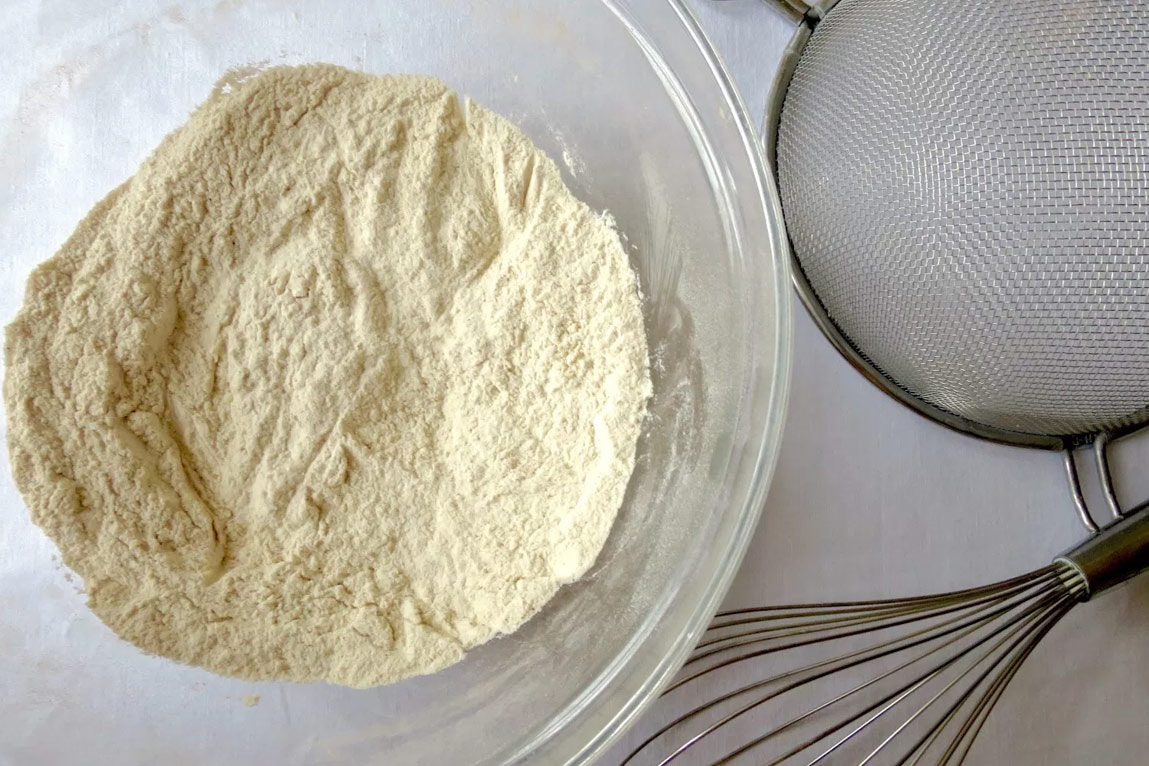
2. Next, all wet ingredients (e.g. eggs, milk, cream, liquid fat, vanilla extract and sugar) are whisked together in a separate bowl from the dry ingredients.
– Incorporating the sugar with the wet ingredients enables better distribution as the liquid helps the sugar to dissolve
– Mixing the wet and dry ingredients separately first enables an even distribution of ingredients
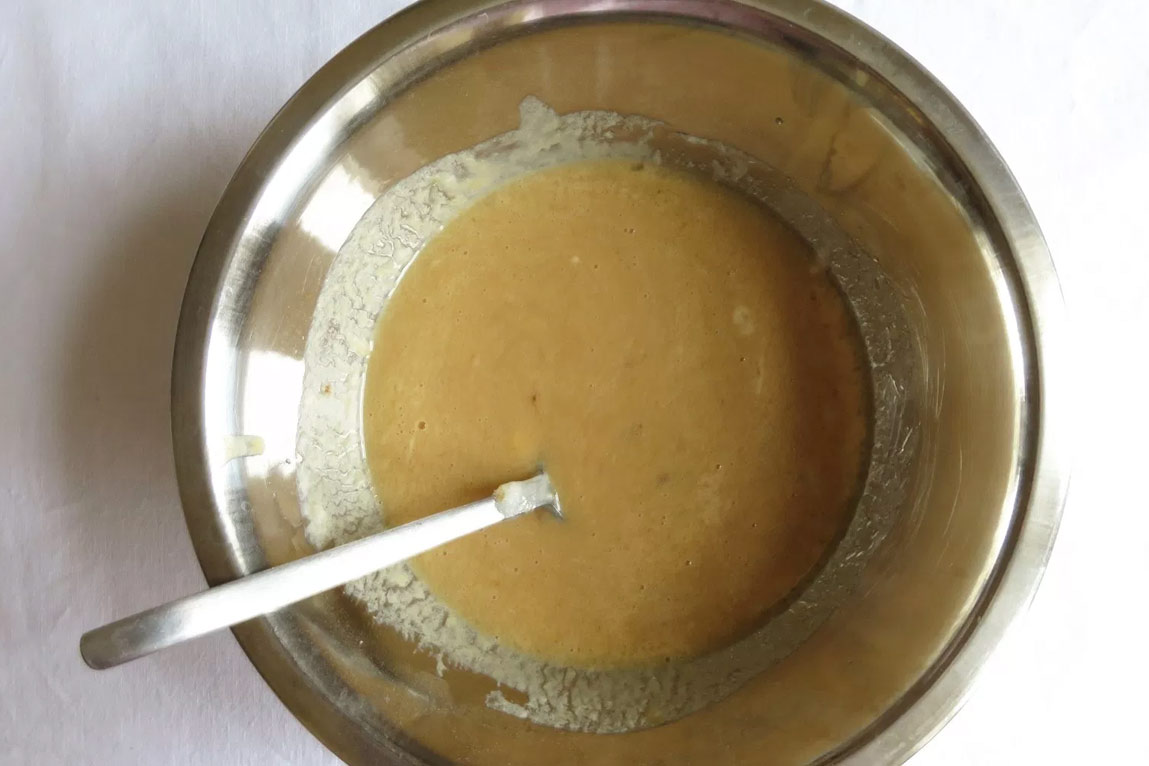
– this helps even distribution of the wet ingredients
What does it mean to “fold”?
Folding is a technique used to limit over-mixing.
To fold, hold the spoon at the top of the bowl and ‘cut’ down through the middle in a straight line, and then bring the spoon up around one side of the bowl, like so:
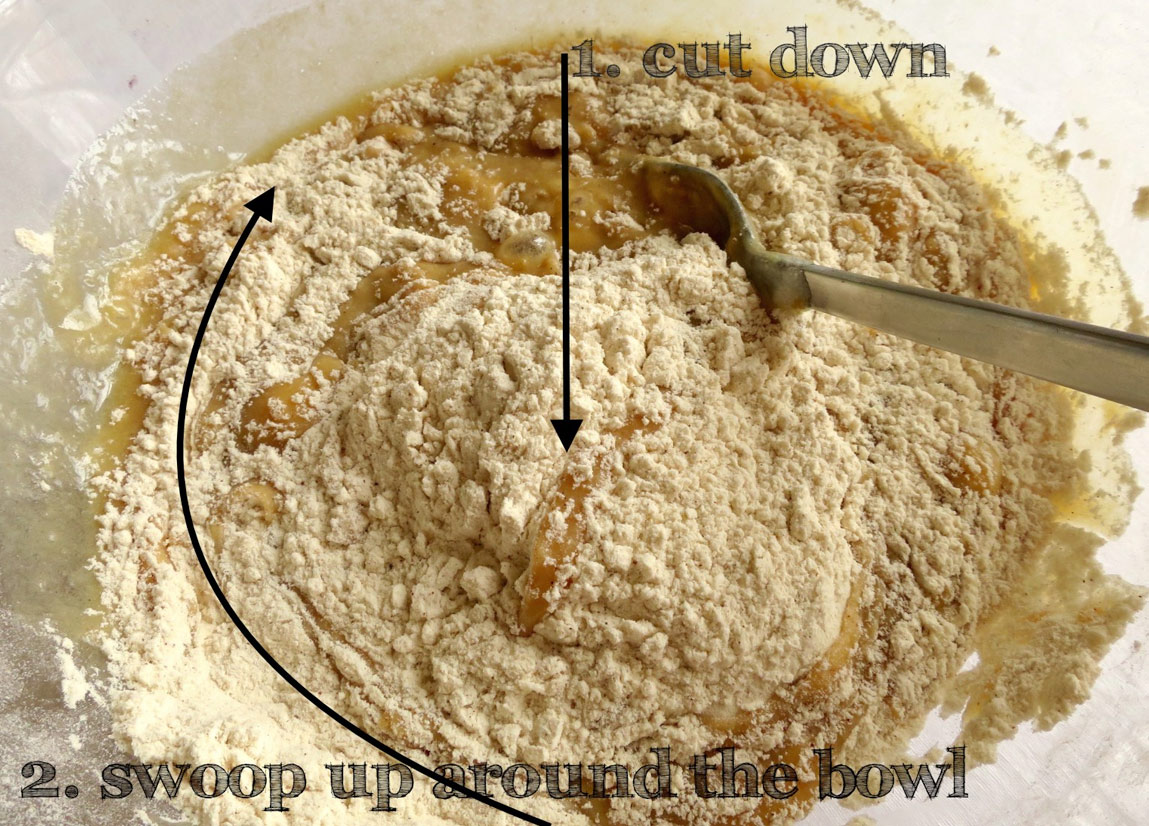
Any fruit, chocolate, nuts etc. are also added at this stage.
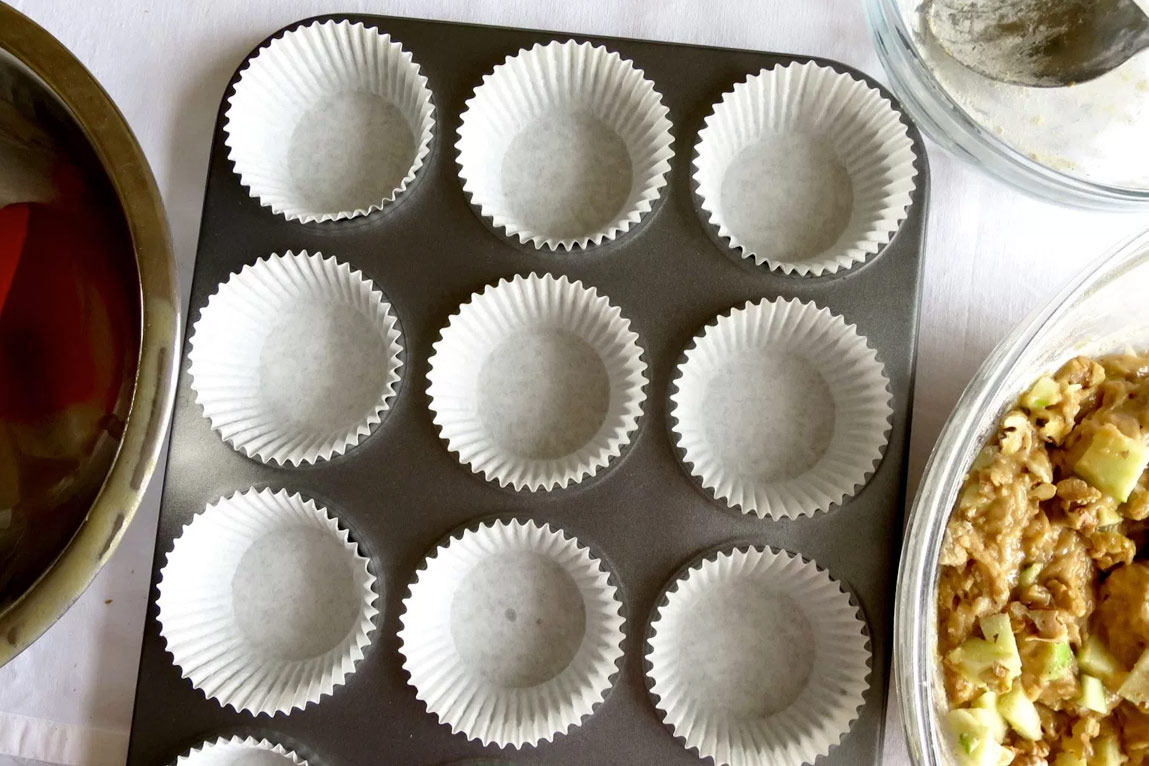
5. The mixture is then spooned into the prepared pan ready to be baked.
The most important ‘rule’ to remember about this method is to not over mix. Why? Because over mixing produces more gluten which results in tunneling, chewy and tough textured baked goods.
Want to give this method a go? Try it with these fluffy apple walnut muffins, or these blueberry and lemon muffins.
YOU MIGHT BE INTERESTED IN
![]()

